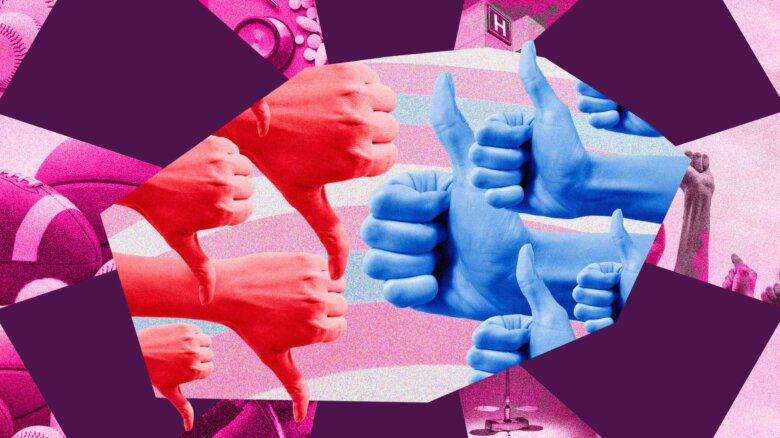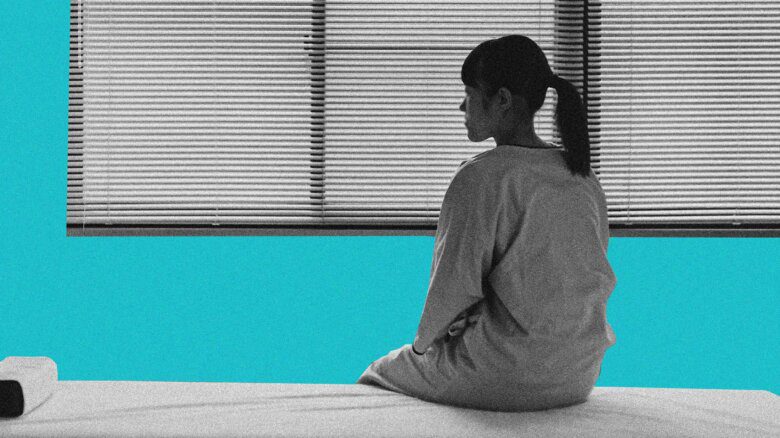It looks like it’s the end of the line for Toronto’s Community Advisory Committee On Lesbian, Gay, Bisexual And Transgender (LGBT) Issues. Now at the end of a three-year term, the committee is set to be combined with other existing committees to make one big Roundtable On Access, Equity And Human Rights.
According to a recent memo from Toronto Mayor David Miller to committee members, the LGBT issues committee will be merged with the Race And Ethnic Relations Committee and the Disability Issues Committee as part of the new council’s efforts to “facilitate greater transparency.”
Committee member and trans activist Susan Gapka has mixed feelings about the impending amalgamation. “The advantage of working together is that we could work on an intersectionality analysis,” she says.
But she fears that it may further marginalize some voices. “It’s hard enough to have trans issues get on the agenda and be well-developed when I’m working with gay, lesbian and bisexual people,” she says. “I can’t imagine trying to compete with other issues.”
Cassandra Fernandes, the LGBT committee’s coordinator, says it will be an improvement over the previous committee model. “There have been so many different committees and it doesn’t have the same impact on an organization as big as the city,” says Fernandes.
The outgoing committee has 10 members, including co-chair Ward 27 City Councillor Kyle Rae. During this past term, the committee had trouble maintaining quorum, which required the attendance of at least five members.
It’s also had difficulty establishing a diverse membership. Gapka joined the committee in 2000 and is the only trans member in the committee’s three-year history.
She notes that it hasn’t always been easy advocating for trans issues at city hall, citing a row over a Pride poster.
Charles Ng, a former committee member who resigned in 2002, recalls the incident as well. “The committee wanted the word transgender used in the poster and we had a conflict with the communications head,” says Ng. “The department was saying, ‘Oh, people won’t understand that word. It’s going to be confusing, blah, blah, blah.’ We had to fight to get that in.”
Gapka says that the lack of bisexual representation has also been a problem. “The committee is dominated by gay and lesbian individuals. Even transsexual and transgender advocacy and issues have a higher profile than bisexual issues.”
The committee has had no bisexual members since Ng resigned. “I don’t believe I was chosen because of my being out as bi,” says Ng. “In fact, I don’t think I even said so until I was chosen.”
Fernandes sees the problem of representation on the committee as one of community apathy. “Let me tell you there was no rush of applications from the community,” she says. “Although there was a concerted effort to send people individual invitations to apply.”
Carol Altilia, a consultant in equity and diversity policy, has serious concerns about the committee system altogether. She argues that such committees undercut the work of community activists.
“The advisory committees are not simply ineffective,” says Altilia. “For community activists the advisory committees are a method of co-opting resistance. They draw bright, energetic people out of the grassroots movement into time-wasting bureaucratic machinations.”
 Why you can trust Xtra
Why you can trust Xtra


